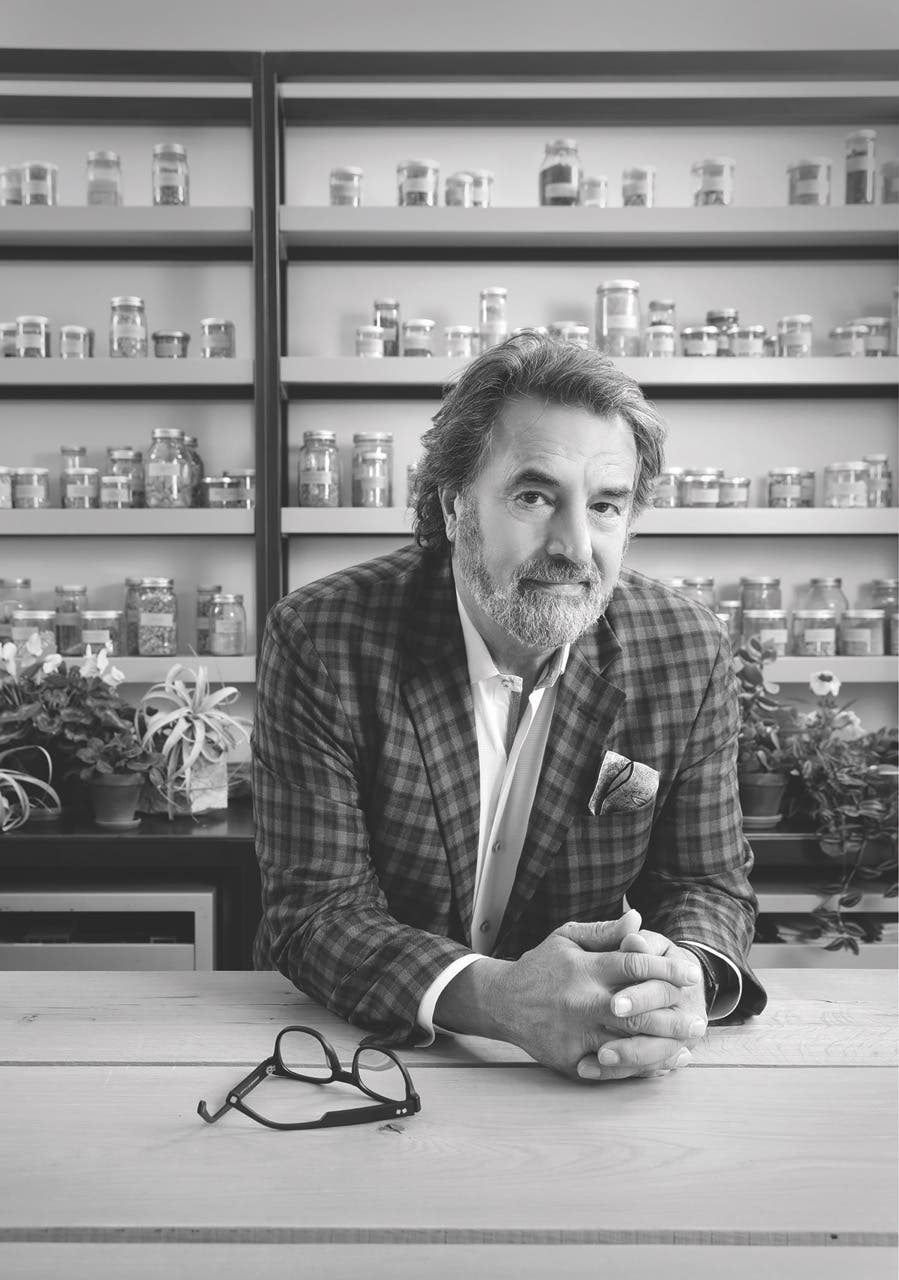
Features
The 25 – Doug Hoerr
An ASLA fellow and senior partner of Hoerr Schaudt, Doug Hoerr and his team have created award-winning residential gardens, botanical gardens, commercial and corporate projects, civic spaces, campuses, and streetscapes that employ horticulture as a transformative element.
Rooting his design in craftsmanship, a hard-earned knowledge of plants, and an instinctual understanding of the land, Hoerr creates seamless, uniquely American landscapes that have a sense of place and space.
His upbringing on a farm in Indiana nurtured his love of the landscape and of building things, leading him to earn a degree in landscape architecture from Purdue University.
After working in a design-build studio for a decade, he took a two-year sabbatical in England, working in the gardens of some of Britain’s greatest plantsmen and immersing himself in centuries of accumulated English horticultural traditions.
When he returned to the States, he started his own eponymous firm, growing his portfolio one client at a time. One of his first commercial projects was designing the groundbreaking median planters down the center of Chicago’s iconic Michigan Avenue that provided two miles of wonderment for two decades.
His time in England and the formation of his own firm, risky moves, defined his career.
In 2008, he merged with Peter Schaudt, establishing Hoerr Schaudt, which has studios in Chicago, Los Angeles, and Kansas City, Missouri.
As more importance is being placed on holistic and healthy spaces, the landscape literally is changing, shifting Hoerr’s work in a new direction. “People expect more out of landscapes now,” he says. “It’s more than seamlessness, more than beauty—it’s making a healthier planet, cooling the planet, cleansing the air with our horticulture, and improving our mental health and connection to nature.”
Hoerr, who has won numerous national and local design awards and has been featured in a number of publications, including Architectural Digest, and in the book “Movement and Meaning: The Landscapes of Hoerr Schaudt,” says it’s imperative to reach out to younger generations and introduce them to the field.









